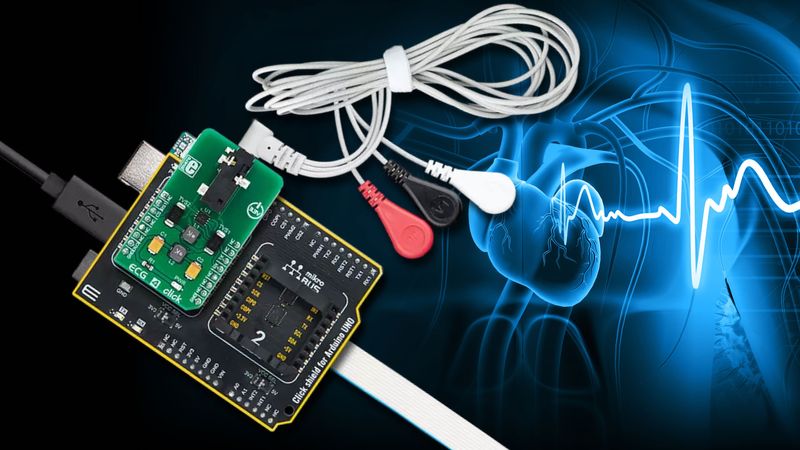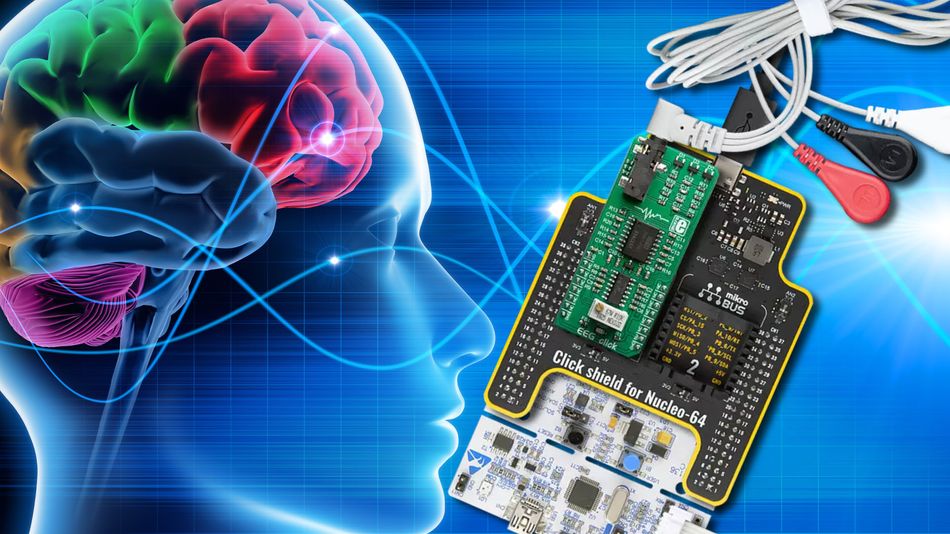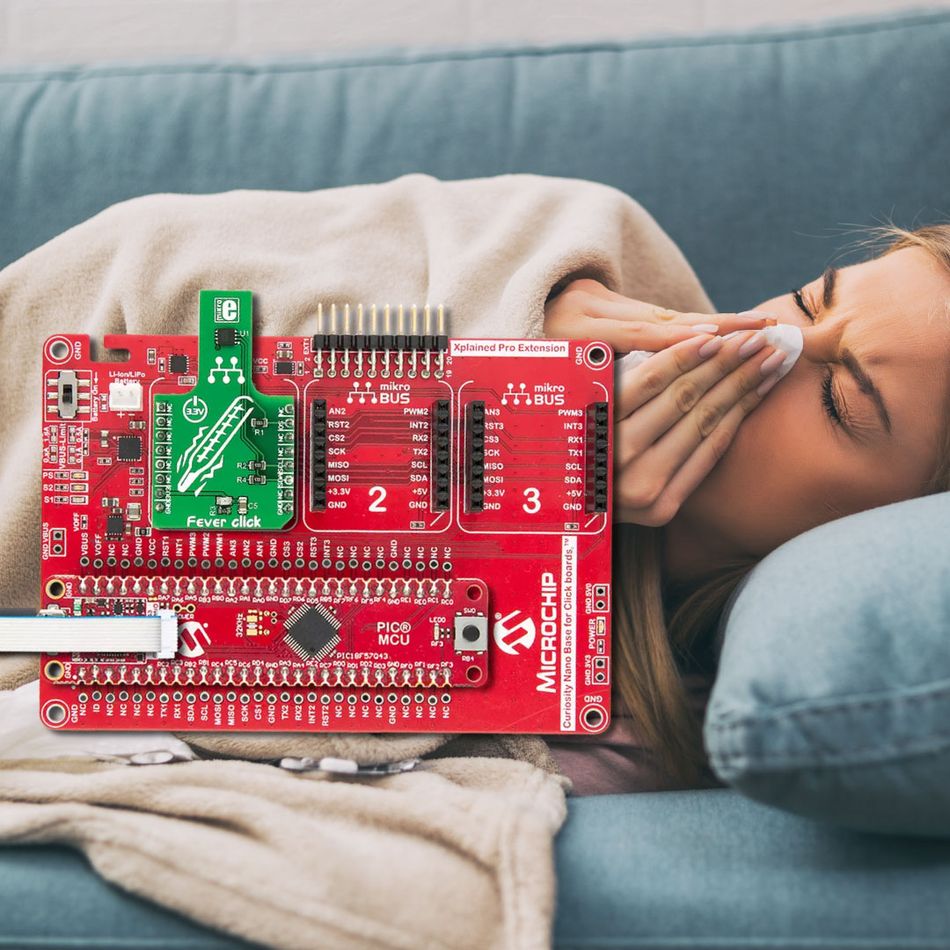STEM, health and EmbeddedWiki
EmbeddedWiki is the world's largest embedded projects platform that already details over 1,000,000 projects.
Across the UK and Europe – and indeed globally – there is broad agreement that a focus on STEM - Science, Technology, Engineering, and Math – is essential. One year ago, the EU STEM Coalition hosted a gathering with the objective of highlighting the importance of STEM education in Europe to ensure Europe's future competitiveness and ability to cope with transition. In the UK, previous governments have announced a range of measures, including funding worth almost £490M for universities and colleges to help deliver better STEM education. The fund will contribute to better facilities, equipment and course development in several different disciplines. Immediately, upon its election victory in the UK, the new Labour administration was urged by leading industry body, EngineeringUK, ‘to take immediate action to tackle the growing skills shortage in STEM fields’. Even before being elected, policies were being put in place, such as a commitment to publish a cross-government action plan to break down barriers in STEM, setting ‘a clear direction for government policy around diversity in STEM’ to improve ‘equality, diversity and inclusion (EDI) in STEM central to work across government’.
MikroElektronika (MIKROE) is a proud advocate of STEM activities. MIKROE is an embedded solutions company with a mission to reduce development time and costs by introducing innovative hardware and software products based on proven standards. In 2011, the company invented the mikroBUS™ development socket standard and the compact add-on Click™ boards for peripherals that use the standard. Click boards enable designers to get to work immediately without having to develop their own hardware. This can cut months from the development cycle and save considerable expense. Currently, over 1700 boards are available that address wireless connectivity, sensors, power management, interfacing, displays, motor drives, HMI and more. Many of the world’s top microcontroller makers, including Microchip, NXP, Renesas, Silicon Labs and Infineon include the mikroBUS socket on development boards.
Recently, MIKROE unveiled EmbeddedWiki – the world's largest embedded projects platform that already details over 1,000,000 projects, based around the huge and diverse Click board product range.
The idea behind EmbeddedWiki?
The internet is a place where everything is scattered, and it can take a lot of time to find required information. Even when an answer is found, after hours and hours of searching, there is no guarantee that the solution provided will work or be accurate.
EmbeddedWiki uses pre-designed and standardized hardware and software solutions, and serves as a starting point for developing customized products or applications. The platform covers 12 topics and 92 applications. Each entry contains a full description of the project, plus a list of parts that is required, schematics, 100% validated, working code and a step-by-step assembly guide. Therefore, an EmbeddedWiki project presents all the essential information for a successful result – all available from one source.
In this issue we are going to focus on four projects concerning health. But visitors to the site will quickly see that there are very many examples of similar projects using different MCUs, so they can delve deep, and drill down to find a project based on devices of their choice.
Cardiovascular clarity: ECG excellence for a healthier you
For this project you will need: the ECG 4 Click board, an Arduino UNO Rev3 development board; and the NECTO Studio compiler. MCU: ATmega328P
ECG 4 Click is based on the BMD101, a highly integrated specialized bio-signal sensing SoC from NeuroSky, which produces heart-monitoring-related ICs and applications. This IC features complete HR and ECG functionality: the analogue front-end (AFE) section contains a very precise and low-noise instrumentation amplifier (LNA), which allows very low bio-signals generated by the heart to be amplified, enabling the 16-bit ADC to be able to sample them. These voltage impulses are naturally weak - in the range of a few millivolts, even microvolts. Therefore, any external interferences can obscure them. Interference might be produced in the heart itself or as the result of other muscular activity. Therefore, the input signal from the electrodes is processed by several filtering sections, both in the analogue (HP filter at the input) and digital domains (LP filter at 100 Hz and BP filter for removing the 50/60 Hz hum from the mains).
Your brain's story, captured in every wave
You will need: EEG Click board; Nucleo-64 with STM32L476RG MCU; and the NECTO Studio compiler. MCU: STM32L476RG.
EEG Click allows monitoring of brain activity. Although not suitable for clinical examination, it is quite sufficient to allow some insight into brain activity. EEG click is equipped with a high-sensitivity circuit which amplifies faint electrical signals from the brain, allowing them to be sampled by a host MCU. To allow sufficiently high gain with no interference, EEG click uses the Texas Instruments’ INA114, a precision instrumentation amplifier, LASER trimmed for very low offset voltage, featuring very good common mode rejection ratio. Since ‘brain waves’ can be both positive and negative, EEG click uses a virtual GND at the potential of 2.048V. This also helps to reduce the noise from the common GND, improving the quality of the readings. The amplified brain activity signal is available at the AN pin of the mikroBUS™, allowing sampling by the host MCU.
Have you got the fever?
You will need: Fever click board; Curiosity Nano with PIC18F57Q43 eval kit; and the NECTO Studio compiler. MCU: PIC18F57Q43
Fever Click is used for monitoring the body temperature, or it can be set to alert about ‘fever/no fever’ states (A fever is considered to be when the human body temperature exceeds 37.5℃). This Click board is based on the MAX30205, a human body temperature sensor from Analog Devices. The sensor converts temperature measurement to a digital form using a high-resolution sigma-delta ADC. The sensor can work in one-shot mode and shutdown mode, which helps reduce power usage. In addition, it features the selectable timeout, which prevents bus lockup and separate open-drain overtemperature shutdown (OS) output that operates as interrupt or as comparator/thermostat output.
Real-time heart rate and blood oxygen saturation data
You will need: Oximeter 2 Click board; Clicker 2 for Kinetis dev board; and the NECTO Studio compiler. MCU: MK64FN1M0VDC12.
Oximeter 2 Click is a compact add-on board suitable for measuring blood oxygen saturation. This board features the ADPD144RI, a PPG optical sensor for photoplethysmography detection of blood oxygenation from Analog Devices. It combines LED emitters and sensitive 4-channel photodiodes with a custom ASIC that provides optical isolation between the integrated LED emitters and the detection photodiodes to improve the signal-to-noise ratio (SNR). PPG detection of blood oxygenation is achieved by synchronous detection in red and infrared wavelengths. Synchronous measurement allows rejection of both DC and AC ambient light interference with low power consumption.
Everything in one place
With these, and all other EmbeddedWiki projects, the user will find everything they need at a single url. Starting with a description of the project, entries include a description of the required hardware (Click board, development board and MCU), step-by-step assembly instructions and schematic. Pins are mapped, working code and library descriptions are provided, and links to all other resources given. NECTO is free for non-commercial uses, and the Click boards mentioned here range in price from just $13 to $55. Click here to get started.




